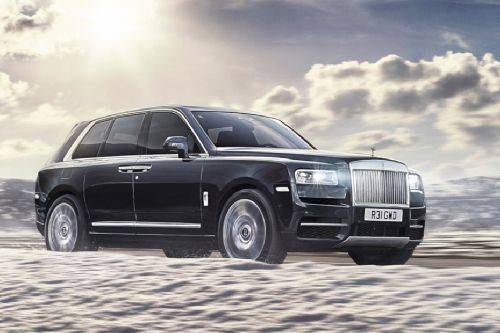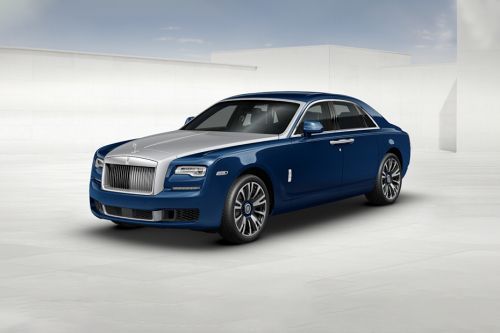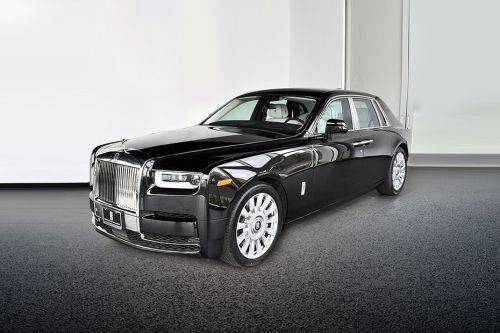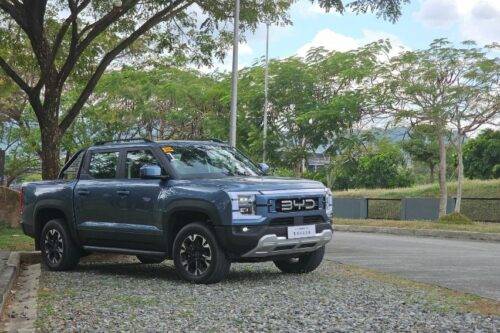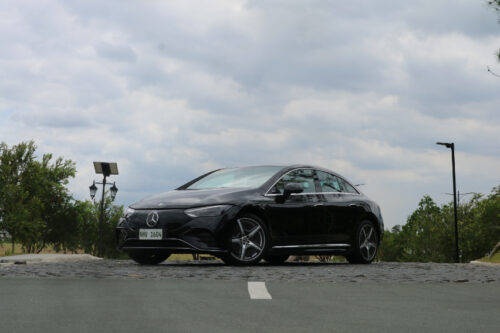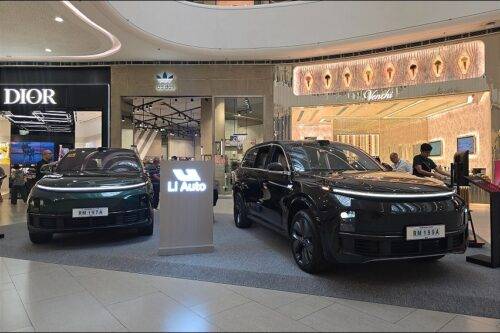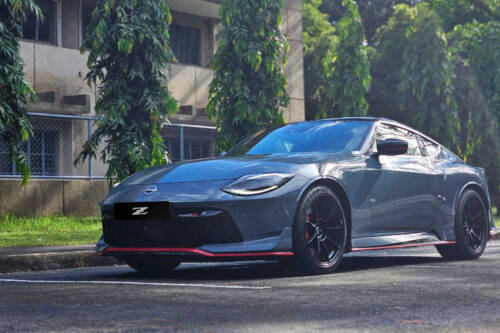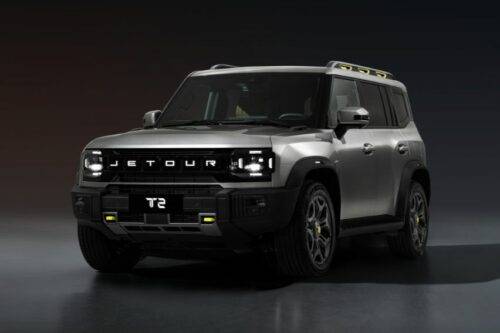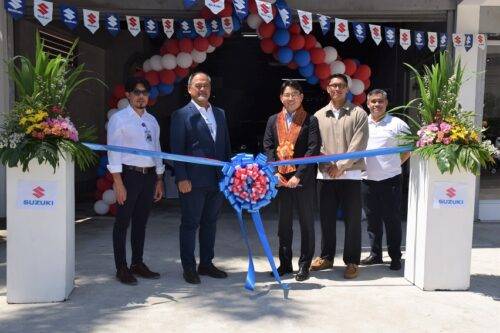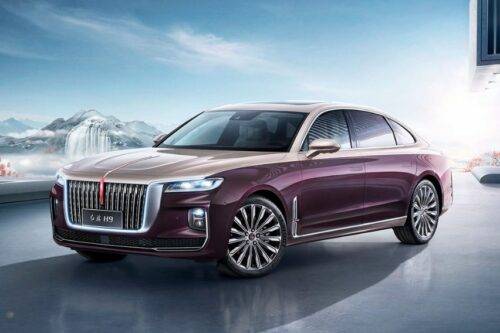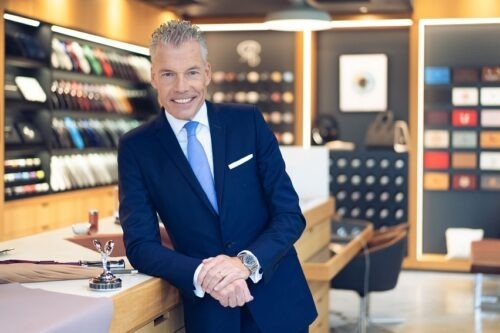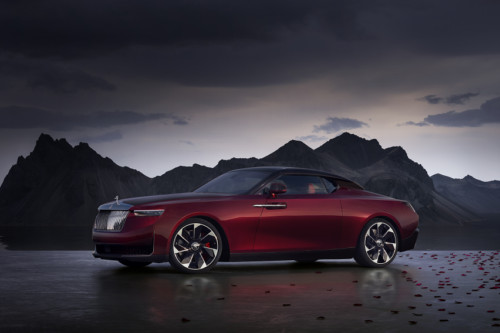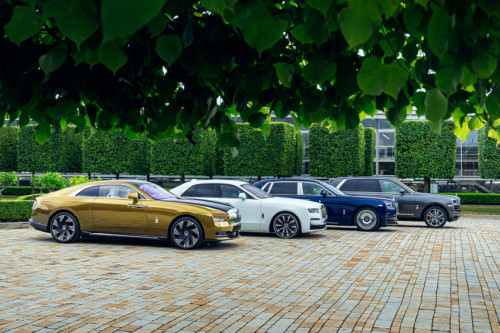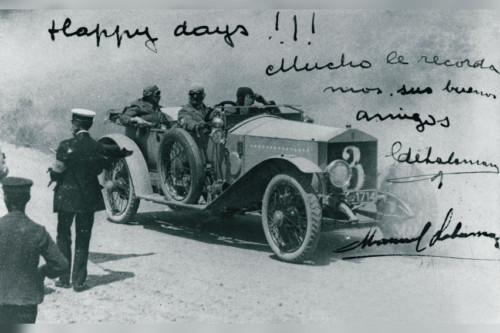Rolls-Royce honors Black Badge heritage, reflects on commissions from prominent clients
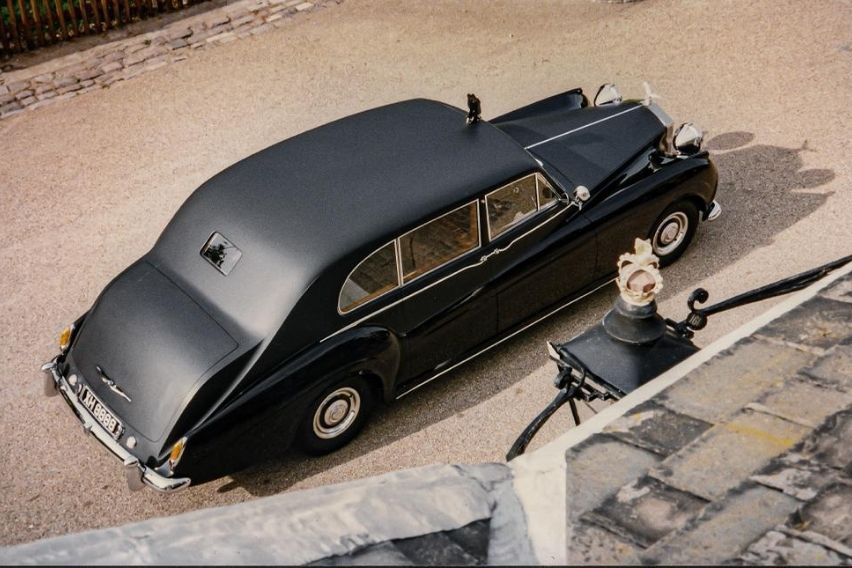
MANILA: Rolls-Royce reflects on its Black Badge legacy with commissions from notable clients throughout the years. The story begins with founders Charles Rolls and Henry Royce, who were called “disruptors” of their time, and the color black. When applied to Rolls-Royce motor cars, the color black consistently evokes a distinct fascination and compelling allure, as it has done throughout the brand’s long history.
Launched in 2016, the Black Badge series captures the client’s desire for individualism, self-expression, and creativity. Although clients have unlimited options for exterior finishes, there is one color that continues to elicit a strong fascination when applied to the Rolls-Royce motor cars—black.
The color black has always been associated with authority, strength, and power. It also speaks of elegance and confidence.
Over the years, there have been many notable units of bespoke Rolls-Royce motor cars finished in black. Each of the these units, which span more than 30 years, has its own place in the history of the brand and displays how each owner took the all-black concept in a distinctive and remarkable way.
In 1930, at the personal request of Royce, designer Ivan Evernden created an experimental Phantom II Continental, designated 26EX, designed specifically for long-distance Continental touring. It had a short chassis and close-coupled four-seat sedan body, with two spare wheels set vertically behind the luggage compartment for optimal weight distribution. Barker & Co. built the coachwork, which was designed to withstand continuous high speeds and powerful braking forces.

Evernden and Don Carlos de Salamanca took the car to its first concours d’elegance in Biarritz, where it won the Grand Prix d’Honneur. Following this success, Rolls-Royce decided to introduce a “series” model with the same technical characteristics and overall coachwork dimensions as the 26EX, allowing coachbuilders and owners to accommodate their own design preferences.
The first such car, 94MY, was manufactured in 1933 for Samuel Coxhill. It featured “Owen Fixed Head Coupe,” a specialty of London-based coachbuilder Gurney Nutting. The adjustable front bucket seats, twin windscreen wipers, and flush-fitting direction-indicators behind the side windows were all rare for the time, and were designed to make long-distance Continental touring more comfortable.
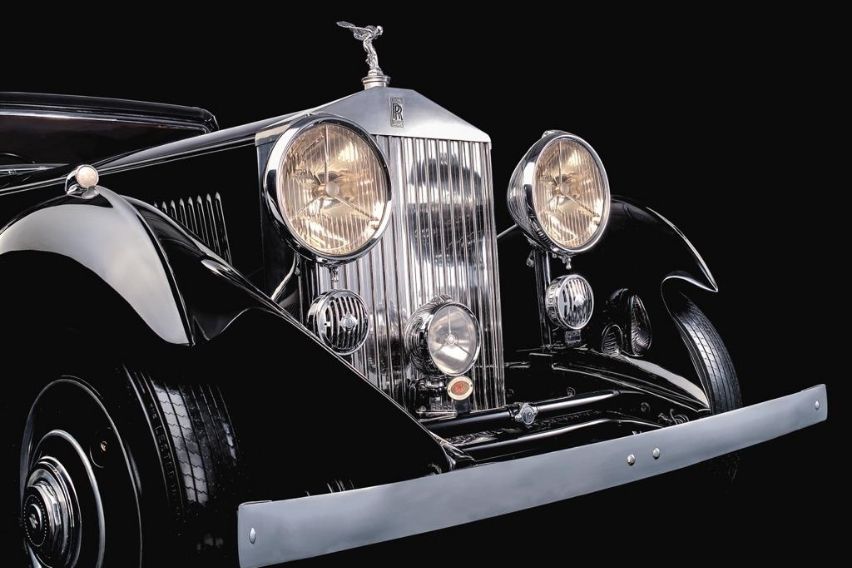
Evernden stated, “It is the criterion of a good car that one can drive it the whole day long and at the end feel fresh and relaxed enough to enjoy dinner.” The vast majority of Rolls-Royce coachwork at that period was finished in either black, or darks shades of maroon or blue that appeared black. The 94MY was ordered in black with “special brown leather, piped in light brown, carpets and headlining to tone, and woodwork to be highly polished veneers.” If any 1930s Rolls-Royce could claim to encapsulate the spirit of today’s Black Badge, the 94MY is the one as it combines great performance with premium comfort and one-of-a-kind customized finish.
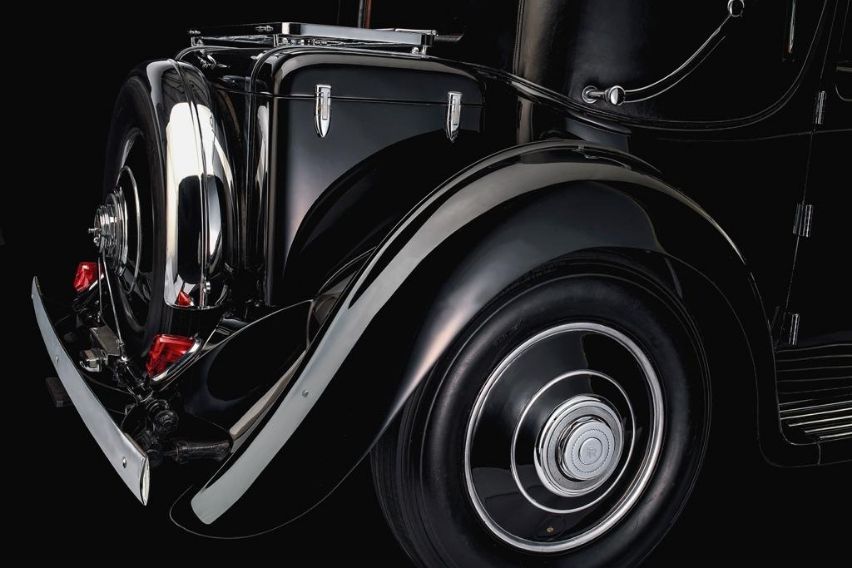
Meanwhile, in 1959, the Phantom V was introduced to replace the Silver Wraith. It was a much larger car, designed particularly for chauffeured use, and all but a few bodies were limousine-style. The majority was finished in black and was used on formal occasions or for private use by members of the wealthy establishment.
In 1960, the 5AT30 was delivered to The Duke of Gloucester. The body was based on coachbuilder James Young’s PV15 design, which is now considered as one of the most elegant on the Phantom V chassis.
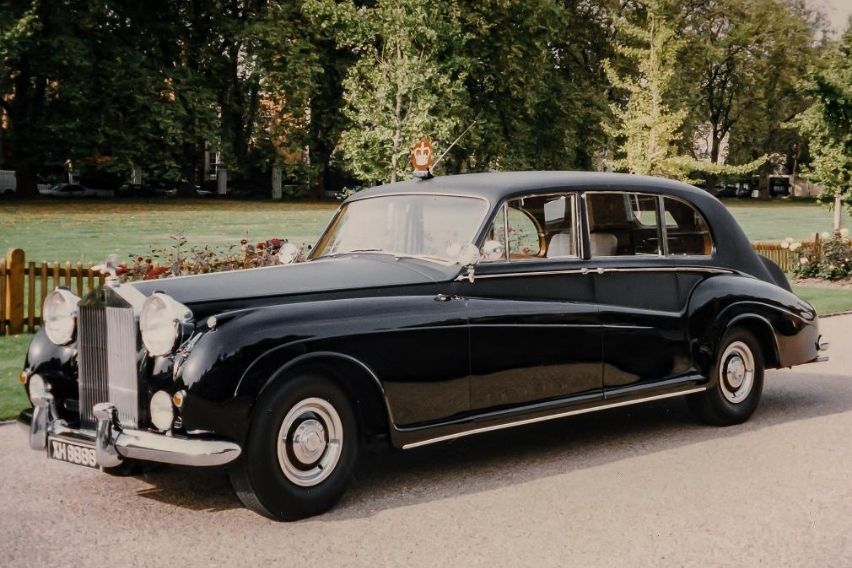
The royalty had strong ideas about what he wanted in his Phantom V. His most evident departure from the norm is the paint combination of matte black on horizontal surfaces and gloss black on vertical planes.
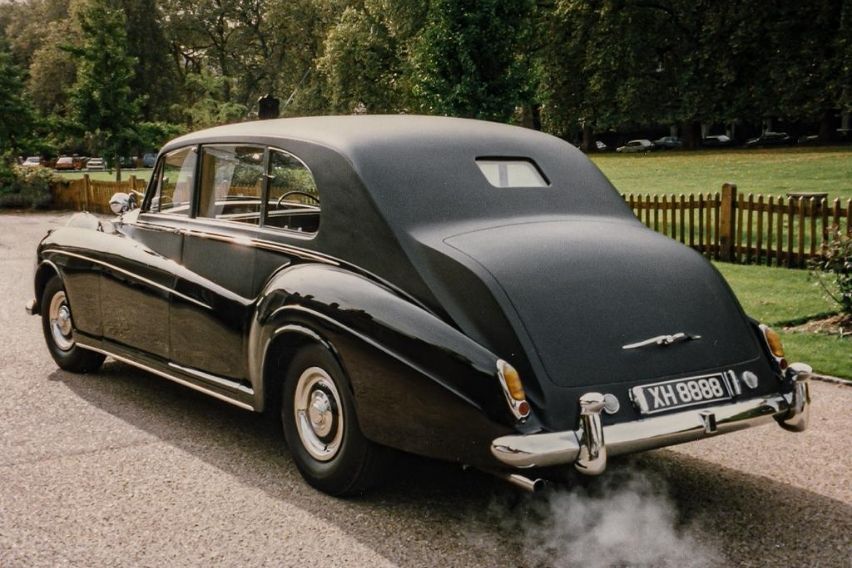
Among the other Bespoke features are a considerably smaller-than-standard backlight, large fog lamps, door-mounted driving mirrors, sliding rear window shutters, and two Stephane Grebel spotlights. The car’s front end is highlighted by Lucas R100 headlamps, instead of the customary faired-in headlights.
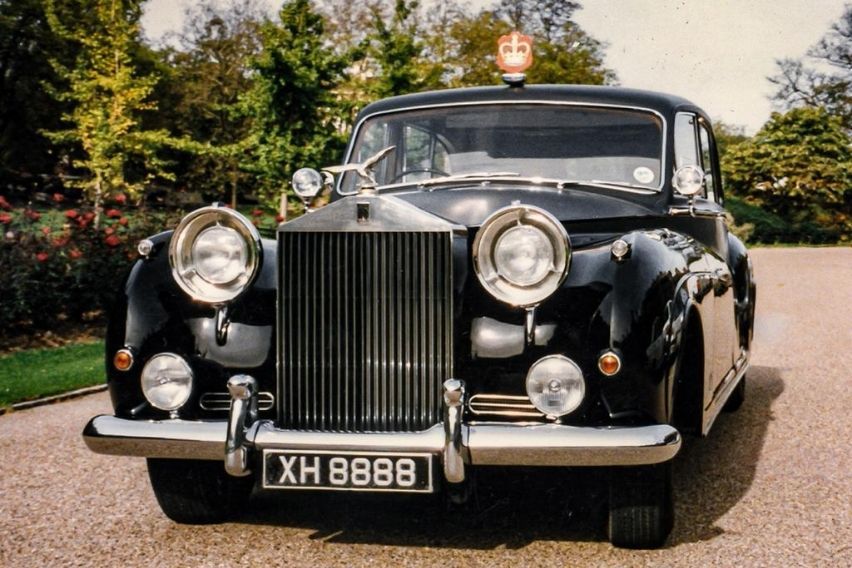
Despite the fact that the Spirit of Ecstasy was provided, it was not installed. Its place was taken by the duke’s own mascot of an eagle in flight. The vehicle was also equipped with an “umbrella in holder,” a standard feature on today’s Rolls-Royce motor cars.
In 1965, when traveling home from Winston Churchill’s funeral, the duke’s vehicle went off the road and down a shallow slope, rolling over three times and landing on its roof. None of the occupants were seriously injured. This incident proved the resilience of the James Young coachwork. The 5AT30 was repaired and continued to serve its owner for many years.
Another notable commission is the Rolls-Royce Phantom V ordered by John Lennon in 1964 as a gift to himself after the success of The Beatles’ album “A Hard Day’s Night.” He requested for the car to be black everywhere, inside and out, including all the brightwork that would typically be finished in chromium plate or stainless steel.
The vehicle was built by Mulliner Park Ward. It was finished in all-black gloss paint, including the wheel discs and bumpers. Only the Pantheon grille and he Spirit of Ecstasy mascot were retained in their original chrome finish, at the request of Rolls-Royce.
It was also one of the first cars in Britain to have blacked-out windows, which were made of dark, reflective Triplex Deeplight glass, but not for privacy reasons, as one might assume. “People think they’ve got black windows to hide. It’s partly that, but it’s also for when you’re coming home late. If it’s daylight when you’re coming home, it’s still dark inside the car — you just shut all the windows and you’re still in the club,” Lennon revealed in a Rolling Stone interview in 1965.
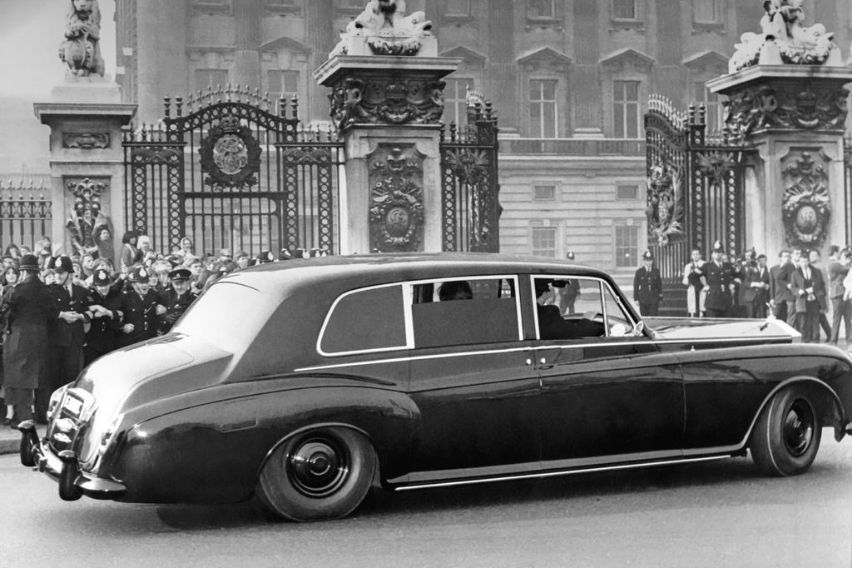
The interior came with black Bedford cold cloth and black nylon rugs in the rear compartment, and black leather in front. It also has electrical aerials for a radio and a Perdio Portarma television set, and a seven-piece set of black fitted luggage.
It was also rumored that the vehicle also contained a record player, radio telephone, refrigerator, writing table, and red mood lighting. This is unverified, but could easily have been later modifications. According to numerous sources, its rear seat could also be converted into a pull-out bed.
Lennon’s status as one of the 20th century’s greatest cultural innovators justifies such bold, creative, and unconventional choices. Aside from forever changing the face of pop music, he is also recognized as one of the first non-athletes to wear trainers as footwear outside of sporting grounds, foreshadowing the streetwear trend that now dominates the catwalks. In a photo taken in 1967, Lennon seemed to be wearing a pair of Adidas Stan Smith tennis shoes, which is still one of the most sought-after designs from the brand more than half a century later.
The vehicle was later repainted in a vibrant psychedelic electric yellow, embellished with flowers, Romany scrolls, and zodiac signs. It is one-of-a-kind, inextricably identified with its owner, and has sparked its share of controversy in some quarters—perhaps the ideal encapsulation of the Black Badge spirit.
“From its very earliest days, Rolls-Royce has attracted free spirits, creative minds and those who seek to challenge established conventions,” Rolls-Royce Motor Cars Chief Executive Officer Torsten Müller-Ötvös stated. “Though from entirely different backgrounds, our founders both refused to be bound by the norms and expectations of early 20th Century society. It was their courage, vision and willingness to push boundaries that made them who they were — and our company what it is today. These wonderful historic cars are perfect examples of how that rebellious spirit infuses our brand story, and continues in the modern era with our Black Badge products.”
Photos from Rolls-Royce
Also read: Rolls-Royce presents bespoke whiskey and cigar chest for premium hosting experience
Sell your car at the best price
 Verified and genuine buyers
Verified and genuine buyers
Rolls-Royce Car Models
Trending & Fresh Updates
- Latest
- Popular
You might also be interested in
- News
- Featured Stories
Rolls-Royce Featured Cars
- Popular
Rolls-Royce Car Articles From Carmudi
- journal

